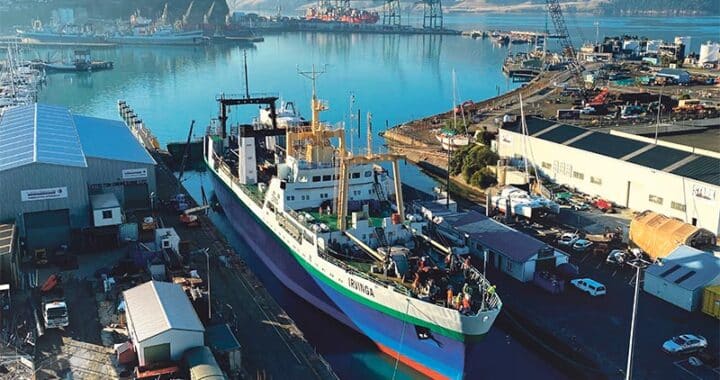New $6m project to support threatened native wildlife
3 min read
The partnership will see a 361-hectare ecological and recreational area at the Drury South Crossing subdivision in South Auckland. Photo: Supplied
A new multi-million-dollar native planting project will see half a million native plants and trees to be installed over the next three to five years, across 85 hectares of connected open space, recreation areas, and wetland.
The project is one of the largest privately-funded native plantings in Auckland to date. The partnership with local iwi Ngati Tamaoho and the country’s largest industrial and residential development will see a 361-hectare ecological and recreational area at the Drury South Crossing subdivision in South Auckland.
The project is designed to provide a habitat for endangered native birds, lizards, and bats, improve water quality in the area and form part of an extensive new recreation area for Aucklanders.
The $6m project now underway in Auckland is set to offer employment to hundreds of locals and restore native ecological systems for threatened birdlife.
Mark Lewis, Boffa Miskell project landscape architect for the South Auckland development, who is involved in the creation of the naturalised environment, featuring native plantings ranging from flaxes and grasses to hectares of forest, says extensive research and planning went into understanding the specific environmental needs of the area.
He says the project team worked closely with Auckland Council and mana whenua to develop diverse native planting types, representative of historic vegetation in the area.
“One of the key outcomes of our consultations with local iwi and hapu will see the establishment of hectares of harakeke and purei wetlands and large stands of kahikatea, kanuka, podocarp, and broadleaf forest types.
“These restored natural systems will connect mature vegetation remnants scattered across the site.
“The first stage of the project began more than a decade ago, with bird surveys and mapping of key existing vegetation.
“This has continued throughout the delivery of the project, surveying for lizards, birds, bats, and fish to help us create suitable habitat to support growth in their numbers.”
Lewis says the researchers identified more than 50 bird species in the area, of which eight are considered threatened or endangered.
“The creation of new habitats for bird species such as the grey duck, red-billed gull, white heron, kaka, and pied shag has been a priority in the planning of this project.
“The first stage of the restoration programme this year will see more than a quarter of a million native plants introduced to help support the regeneration of indigenous birdlife, with this number of plants set to double.
“With mana whenua’s guidance, we also integrated hundreds of native trees into all the streetscapes of the project, including kahikatea, totara, puriri, karaka, and titoki, which are now returning to the landscape once more,” he said.
Stephen Hughes, Drury South Crossing CEO, says the scale of the planting programme is so large, it has been spread over four contractors and will take up to 200 workers years to complete.
“It was important for us to not only create a lush recreational area for Aucklanders living or visiting the area but also provide an enduring ecological benefit for the region’s inhabitants.
“It is our aim to showcase the benefits of environmental investment in the creation of living spaces and see this used as a model for future developments in Auckland.”
Dennis Kirkwood, chairperson of the Ngati Tamaoho Trust says the planting initiative is an example of where intensive development can achieve great environmental benefits and create jobs.
“We have worked alongside the team at Drury South Crossing over the past decade to help guide and provide meaningful input into the environmental enhancements of this project that will see this through to fruition.
“As a result, Ngati Tamaoho have been able to support the protection of existing habitat and the creation of new habitat for the birds, bees, Mokomoko, Pekapeka and fishes that are at the core of Te Taiao responsibilities.
“We believe the outcome of this project will be extremely rewarding.”



